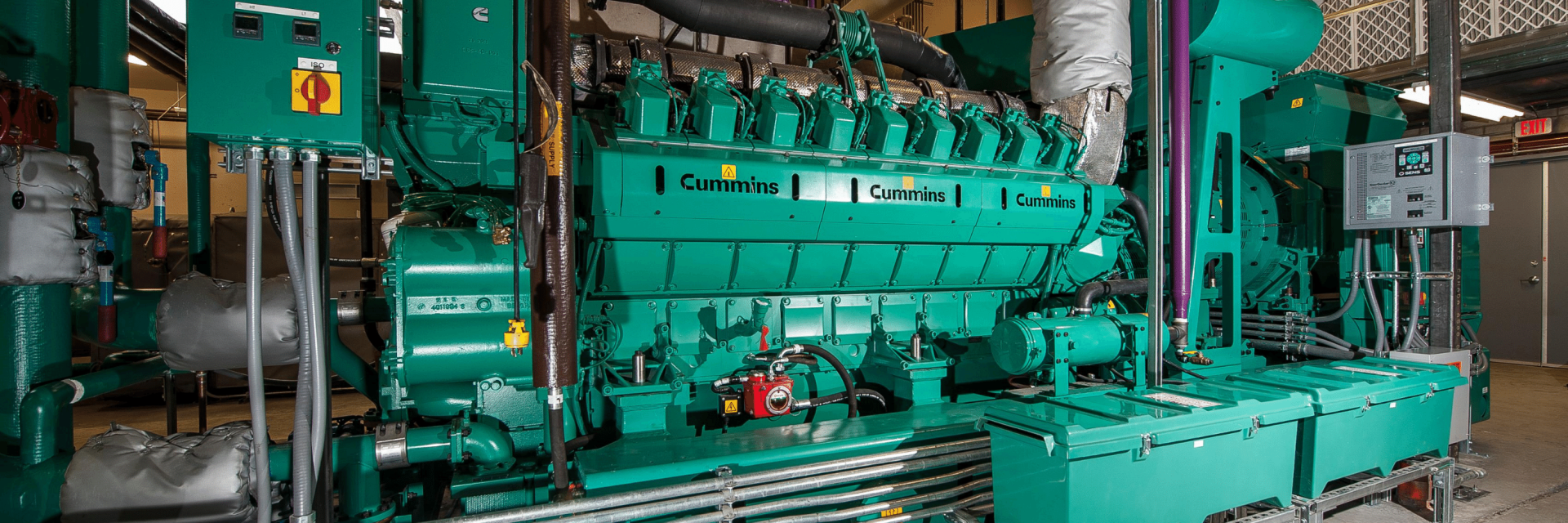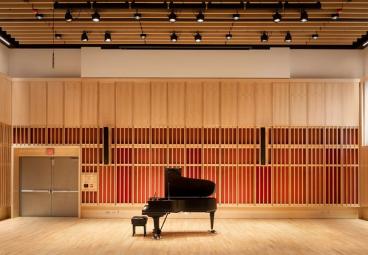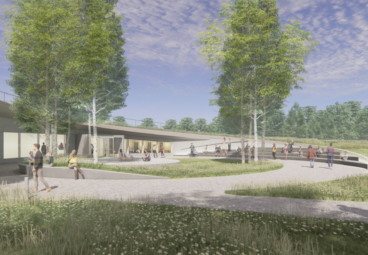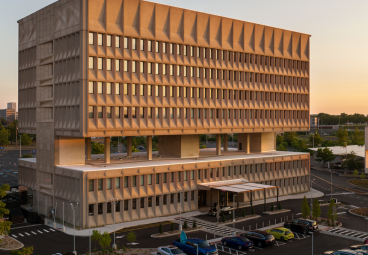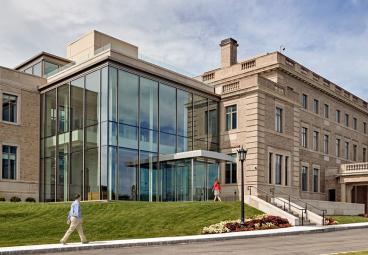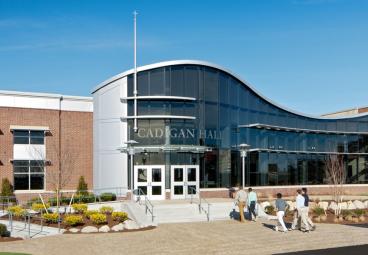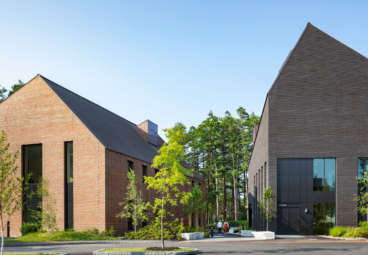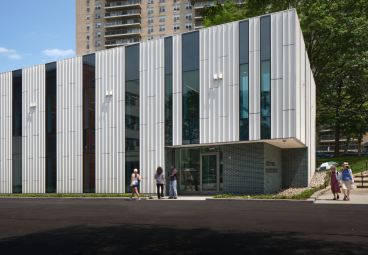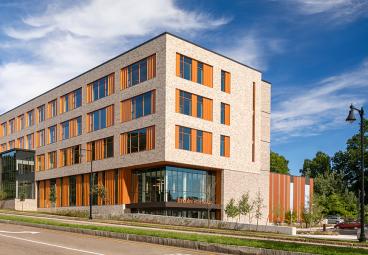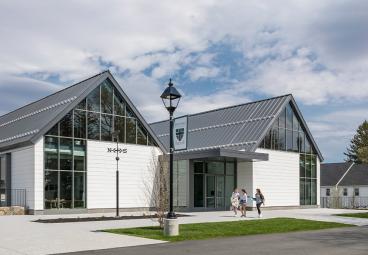Clark University
Cogeneration Plant
Project Overview
- Keeping the cooling and heating systems operational during renovations
- Working in and around a fully occupied campus
- Removing a wall from a building while keeping the remaining walls structurally sound
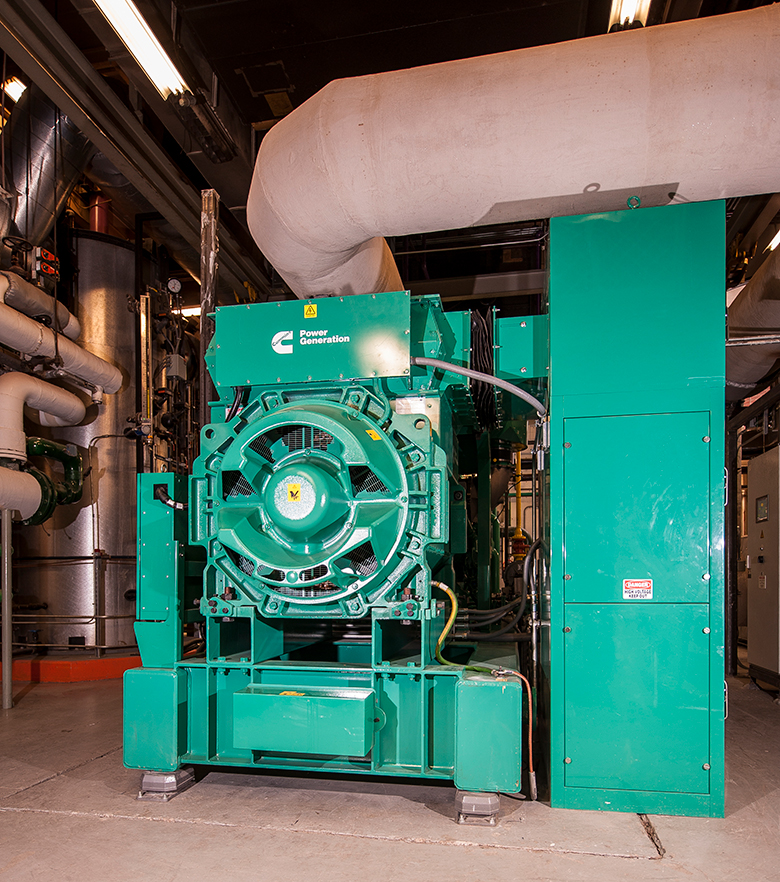
Clark University’s on-campus cogeneration plant serves as a demonstration model for both students and policy-makers alike for its sustainable and cost-effective benefits. Installed in 1982 as the first power-grid-connected cogeneration plant in the nation, over 90% of Clark’s campus buildings receive their electricity, heating and cooling as a result of this system, saving the school over $8,000,000 over its 24-year life at Clark. The 60,000 pound, 1.8 megawatt (MW) generator showed signs of age and needed to be replaced with a more efficient system. Located in the basement of Jonas Clark Hall, the removal and replacement involved demolishing an entire wall of an occupied building, installation of a new 46,000 pound, 2 MW generator and the replacement of the wall with additional structural modifications.
The project also involved the replacement of three heat exchange systems and the existing generator room exhaust system, as well as the installation of a new selective catalytic reduction system to meet emission standards, new engine controls and a new transformer. Protecting the campus quad and underground utilities while rigging the engine and heat recovery steam generator proved to be a challenge that was managed through great coordination. The project was delivered under a design-build method, enabling completion to be on budget and on schedule, specifically with National Grid interconnection. Consigli assisted the University in selling the existing engine for reuse.

